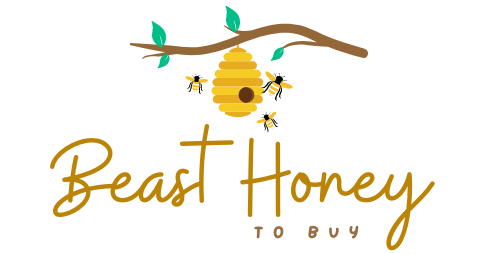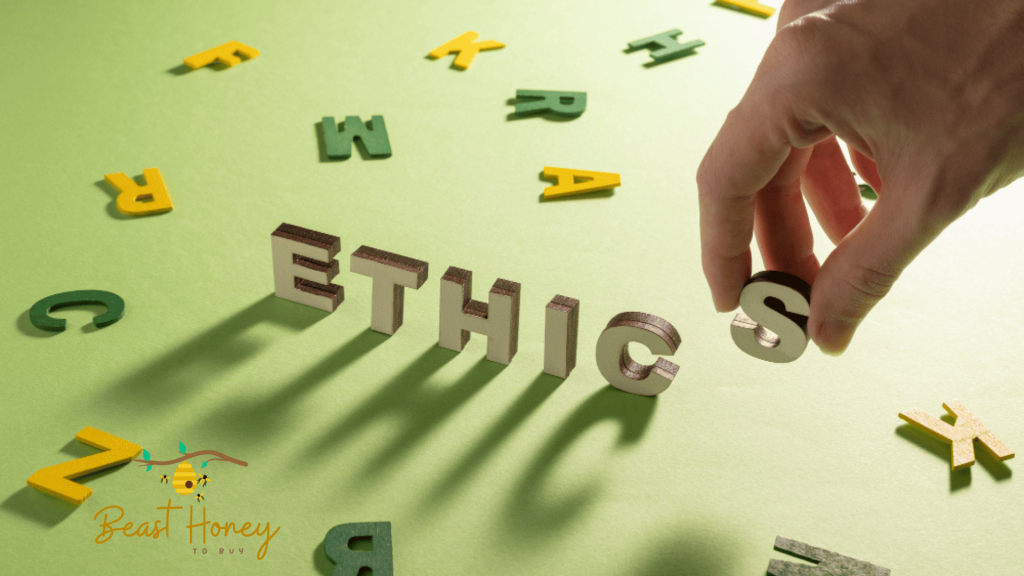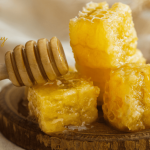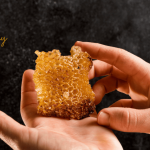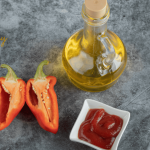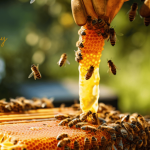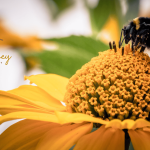Raw honey sounds like the gold standard. It’s natural, unprocessed, and full of health benefits. But does a “raw” label always mean ethical? Not quite. The term “raw” can be misleading, and some brands use it to hide shady practices. Let’s uncover the truth about raw honey labels. This guide will help you spot truly ethical honey and avoid the fakes. Ready? Let’s get started!
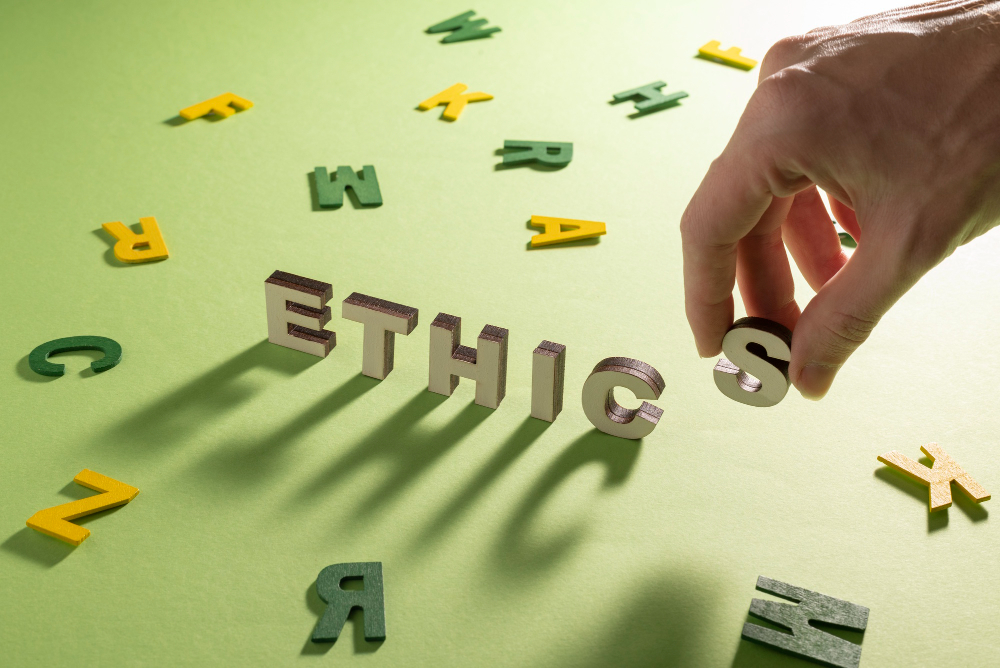
What Does “Raw” Honey Really Mean?
Raw honey is honey straight from the hive. It’s not heated above natural hive temperatures (about 95°F). It’s also unfiltered, keeping natural pollen, beeswax, and nutrients intact. These qualities make raw honey special. But “raw” only describes how it’s processed—not how it’s sourced. Ethical honey goes beyond being raw. It involves bee welfare, environmental care, and fair labor. A raw label doesn’t guarantee these.
Why Are Raw Labels Popular?
Consumers love raw honey for its health benefits. It’s packed with antioxidants, enzymes, and vitamins. It can help with allergies, digestion, and even sore throats. Brands know this and slap “raw” on their jars to attract buyers. But some cut corners to save money, compromising ethics. That’s where the confusion starts.
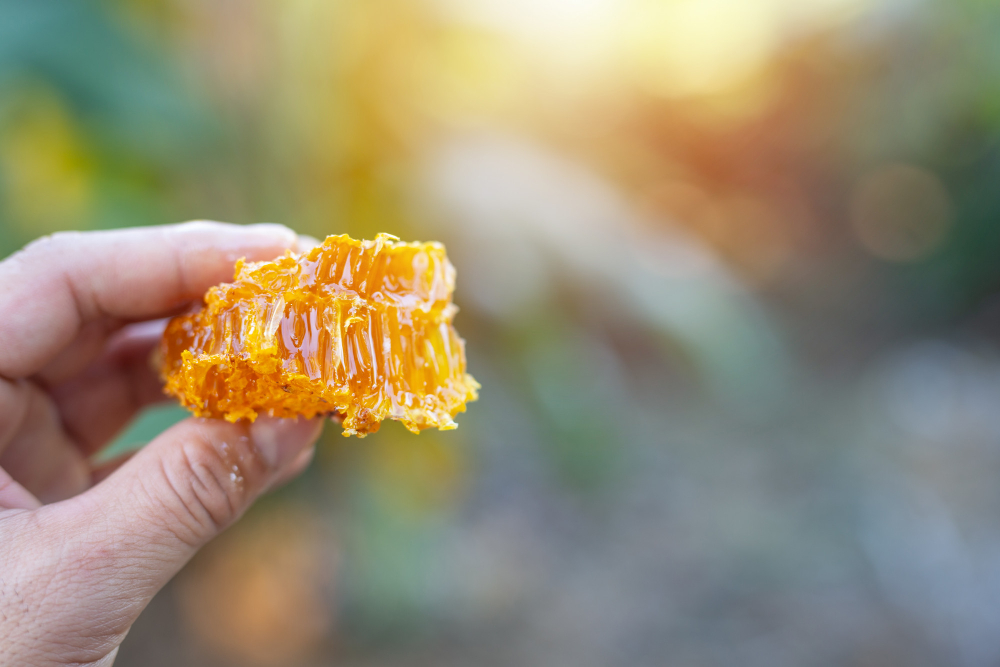
The Problem with Raw Labels
The term “raw” isn’t strictly regulated. In many countries, anyone can label honey as “raw” without proof. This opens the door to misleading claims. Some brands sell raw honey that’s unethical in other ways. Let’s break down the issues.
1. Lack of Regulation
In the U.S., the FDA doesn’t define “raw” for honey. This means companies can use the term loosely. Some heat honey slightly or filter it minimally and still call it raw. Without clear rules, it’s hard to trust labels.
- Example: A jar labeled “raw” might be heated just enough to lose some nutrients but still qualify.
- Tip: Look for brands that explain their process, like “never heated above 95°F.”
2. Unethical Sourcing Practices
Raw honey can still come from harmful practices. Some producers overharvest, leaving bees without enough food. Others use pesticides or antibiotics that harm bees and end up in the honey. A raw label doesn’t mean the bees were treated well.
- Red flag: If a brand doesn’t mention bee welfare, they might be cutting corners.
- Example: Industrial apiaries may prioritize profit over bee health, even if the honey is raw.
3. Adulteration with Cheap Fillers
Some “raw” honey is mixed with corn syrup or sugar syrup. This lowers costs but dilutes quality. Adulterated honey might still look raw—cloudy or thick—but it’s not pure. This practice is common in cheap, mass-produced honey.
- How to spot it: Pure raw honey crystallizes over time. If it stays liquid for months, it might be fake.
- Test at home: Drop a teaspoon of honey in water. Pure honey sinks; diluted honey may dissolve.
4. Misleading Marketing
Some brands use “raw” to sound ethical without backing it up. They might source honey from countries with poor labor or environmental standards. Or they blend honey from multiple sources, making it hard to trace. A raw label can hide these issues.
- Example: A jar might say “raw” but be sourced from overharvested hives in unethical conditions.
- Tip: Check for transparency, like a brand website detailing their sourcing.
How to Identify Truly Ethical Raw Honey
A raw label is a good start, but it’s not enough. Ethical raw honey prioritizes bees, the environment, and people. Here’s how to find the real deal.
1. Look for Transparency
Ethical brands share details about their process. They explain how they harvest, where the honey comes from, and how they treat their bees. Check the label or website for phrases like “sustainable beekeeping” or “pesticide-free.”
- Example: A brand might say, “Our raw honey comes from wildflower fields in Oregon, harvested sustainably.”
- Tip: Avoid vague labels like “Product of [Country]” with no further details.
2. Seek Out Certifications
Certifications add credibility. Look for labels like “USDA Organic,” “Fair Trade,” or “Bee Better Certified.” These show the honey meets strict standards for ethical and environmental practices. Organic honey, for instance, comes from hives free of synthetic chemicals.
- Key certifications:
- USDA Organic: No pesticides or synthetic fertilizers.
- Fair Trade: Ensures fair wages for beekeepers.
- Bee Better Certified: Focuses on bee-friendly habitats.
3. Buy Local or Small-Scale
Local beekeepers often care deeply about their bees. They’re less likely to use harmful methods like overharvesting or chemicals. Small-scale producers also tend to be transparent. Visit farmers’ markets or local stores to find raw honey from nearby apiaries.
- Why it matters: Local honey supports small businesses and cuts down on shipping emissions.
- How to find it: Search “local raw honey” online or check sites like LocalHoneyFinder.org.
4. Check the Honey’s Appearance
Raw honey looks natural. It’s often cloudy, creamy, or speckled with pollen. It may crystallize over time, which is a good sign. Clear, overly liquid honey might be processed or diluted, even if labeled raw.
- Tip: Crystallized honey means it’s unheated and pure.
- Example: A jar with a thick, grainy texture is likely raw and unfiltered.
5. Research the Brand
Dig into the company’s practices. Ethical brands often share stories about their beekeepers or hives. Look for blogs, videos, or mission statements on their website. If they’re cagey about sourcing, it’s a warning sign.
- Example: A brand like GloryBee shares details about their sustainable practices online.
- Tip: Read customer reviews for insights into quality and ethics.
Common Myths About Raw Honey Labels
There are plenty of misconceptions about raw honey. Let’s clear up a few.
Myth 1: All Raw Honey Is Pure
Not true. Raw honey can be mixed with fillers like corn syrup. Always check for purity with tests or certifications.
Myth 2: Raw Honey Is Always Ethical
Raw doesn’t mean bee-friendly. Some raw honey comes from overharvested or chemically treated hives. Look beyond the label.
Myth 3: Cheap Raw Honey Is Just as Good
Low prices often signal low quality. Ethical raw honey costs more because sustainable practices take effort. If it’s too cheap, question it.
Where to Find Ethical Raw Honey
Ready to shop? Here are the best places to find raw honey you can trust.
1. Farmers’ Markets
Meet beekeepers face-to-face at local markets. Ask about their methods and taste their honey. It’s a great way to find ethical, raw honey.
2. Health Food Stores
Stores like Whole Foods or co-ops stock raw honey from reputable brands. Check labels for certifications and sourcing details.
3. Online Retailers
Websites like Thrive Market or Amazon sell raw honey from ethical producers. Look for brands like Wedderspoon or Nature Nate’s. Read reviews for extra confidence.
4. Beekeeping Associations
Groups like the American Beekeeping Federation connect you with ethical producers. Some sell honey directly or point you to trusted sources.
How to Test Raw Honey at Home
Want to double-check your honey? Try these simple tests.
- Water Test: Drop a teaspoon of honey in water. Pure raw honey sinks; fake honey may dissolve or float.
- Flame Test: Dip a matchstick in honey and try to light it. Pure honey burns; diluted honey won’t.
- Crystallization Check: Raw honey crystallizes naturally. If it stays liquid forever, it’s likely processed.
Why Choose Ethical Raw Honey?
Going for ethical raw honey is worth the effort. Here’s why.
- Health Benefits: Raw honey is rich in antioxidants, enzymes, and nutrients. It’s great for immunity and digestion.
- Bee Protection: Ethical practices support healthy bee populations, which pollinate our crops.
- Better Taste: Raw honey has unique flavors, like clover or buckwheat, that processed honey lacks.
- Eco-Friendly: Sustainable beekeeping reduces chemical use and supports biodiversity.
Final Thoughts
Raw honey labels can be tricky. The term “raw” doesn’t always mean ethical or high-quality. To find truly ethical raw honey, look for transparency, certifications, and local sources. Check the honey’s appearance and do simple tests at home. By choosing ethical honey, you support bees, beekeepers, and the planet. Next time you’re shopping, skip the cheap jars and go for quality. Your health—and the bees—will thank you!
For more information, visit , https://besthoneytobuy.com/
